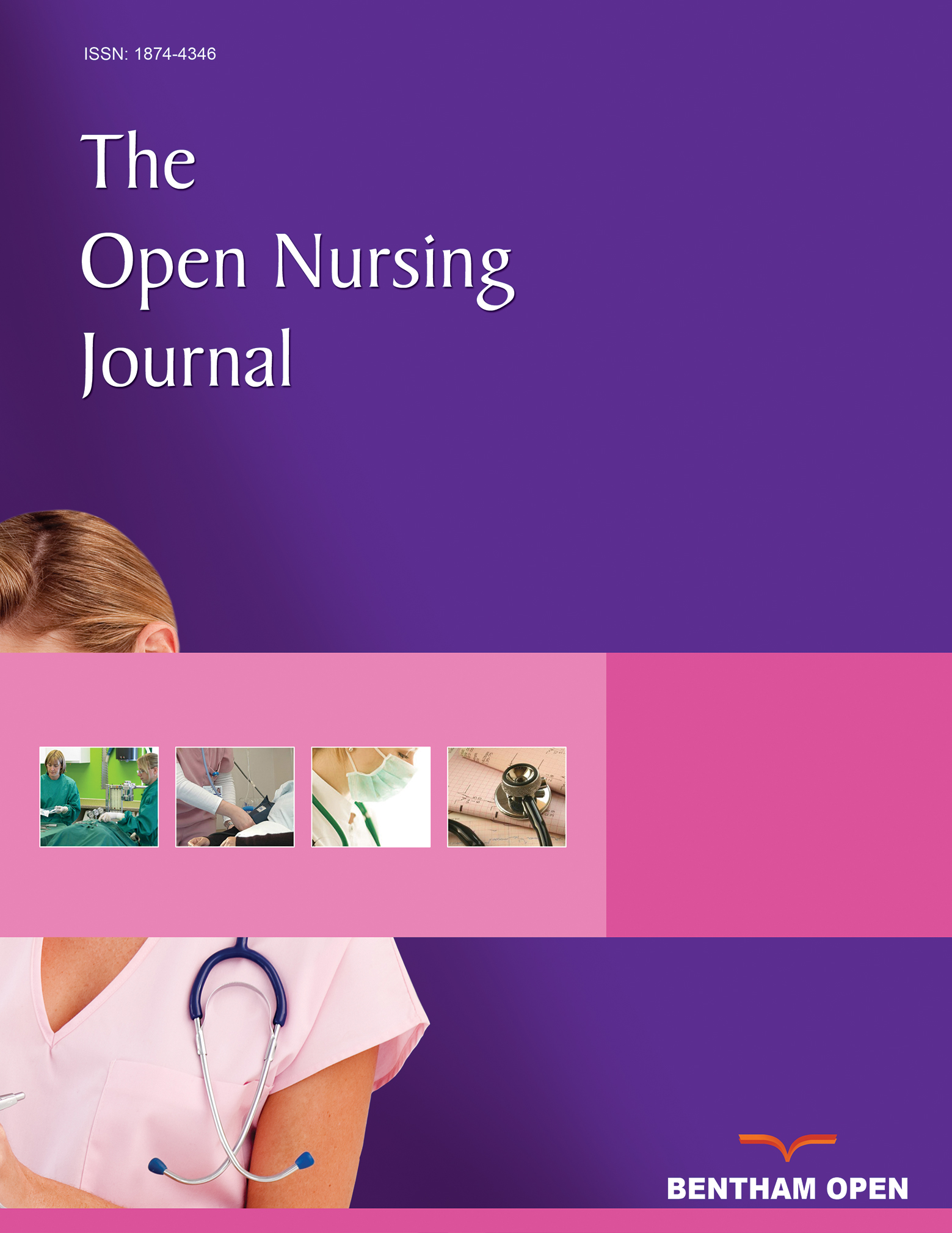All published articles of this journal are available on ScienceDirect.
Is High Fidelity Simulation the Most Effective Method for the Development of Non-Technical Skills in Nursing? A Review of the Current Evidence
Abstract
Aim:
To review the literature on the use of simulation in the development of non-technical skills in nursing
Background:
The potential risks to patients associated with learning 'at the bedside' are becoming increasingly unacceptable, and the search for innovative education and training methods that do not expose the patient to preventable errors continues. All the evidence shows that a significant proportion of adverse events in health care is caused by problems relating to the application of the 'non-technical' skills of communication, teamwork, leadership and decision-making.
Results:
Simulation is positively associated with significantly improved interpersonal communication skills at patient handover, and it has also been clearly shown to improve team behaviours in a wide variety of clinical contexts and clinical personnel, associated with improved team performance in the management of crisis situations. It also enables the effective development of transferable, transformational leadership skills, and has also been demonstrated to improve students' critical thinking and clinical reasoning in complex care situations, and to aid in the development of students' self-efficacy and confidence in their own clinical abilities.
Conclusion:
High fidelity simulation is able to provide participants with a learning environment in which to develop non-technical skills, that is safe and controlled so that the participants are able to make mistakes, correct those mistakes in real time and learn from them, without fear of compromising patient safety. Participants in simulation are also able to rehearse the clinical management of rare, complex or crisis situations in a valid representation of clinical practice, before practising on patients.


